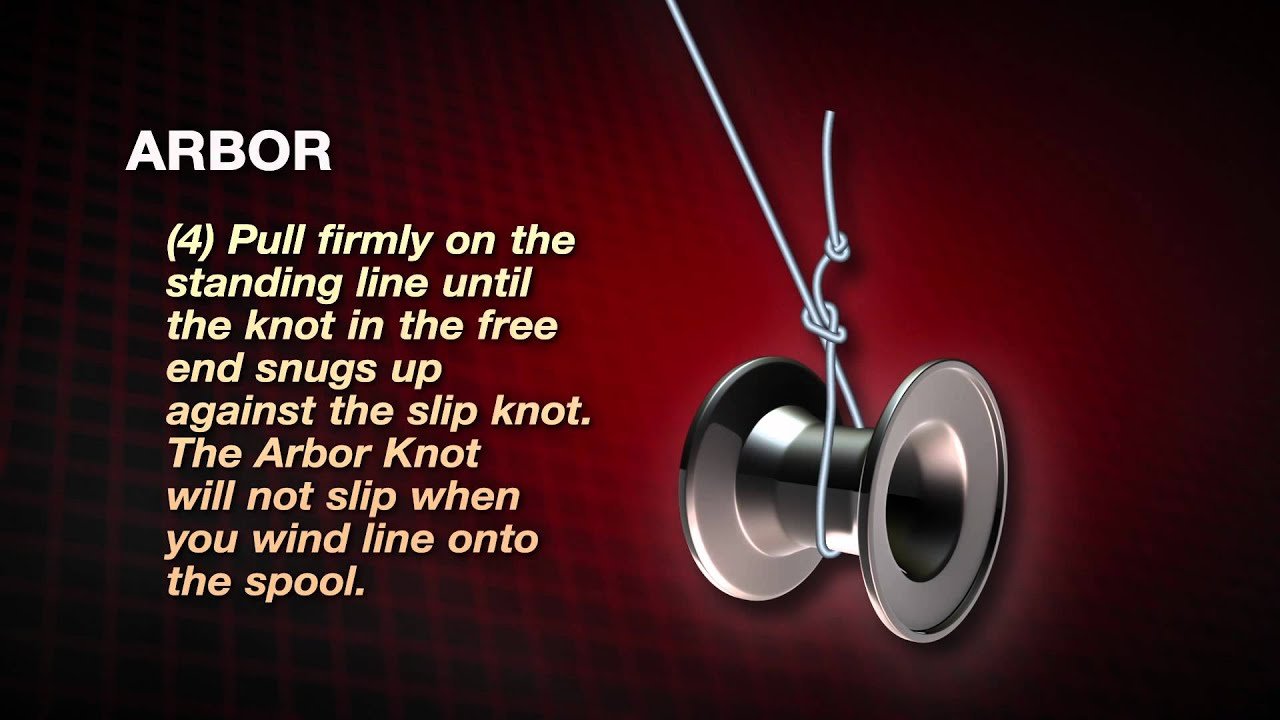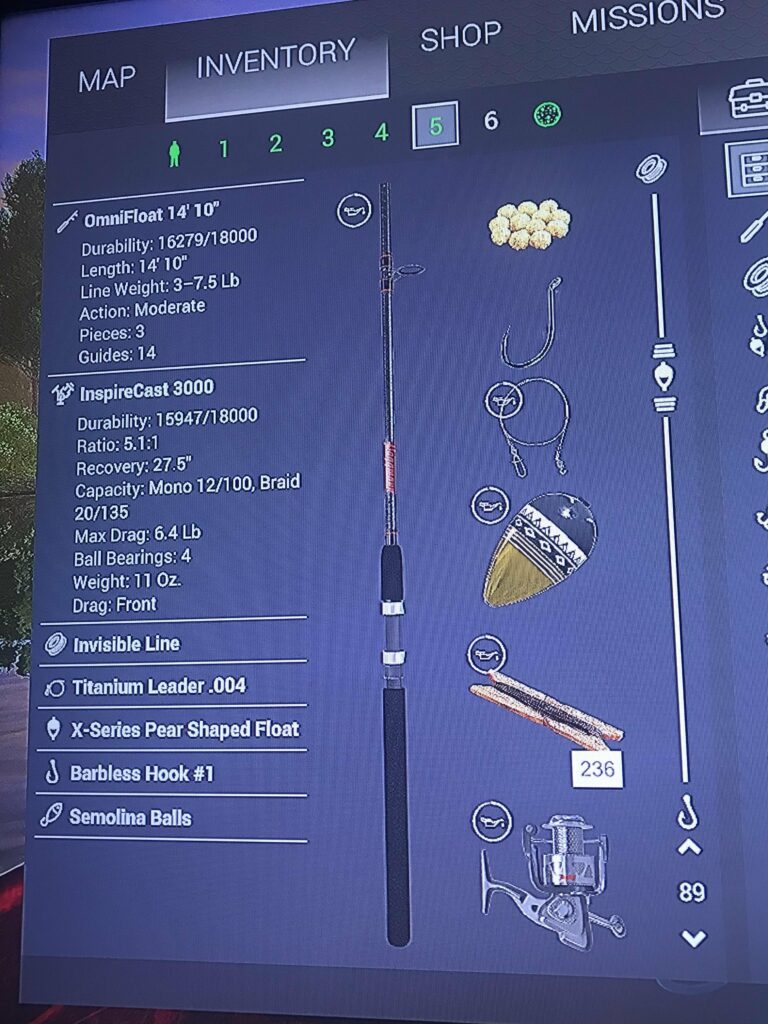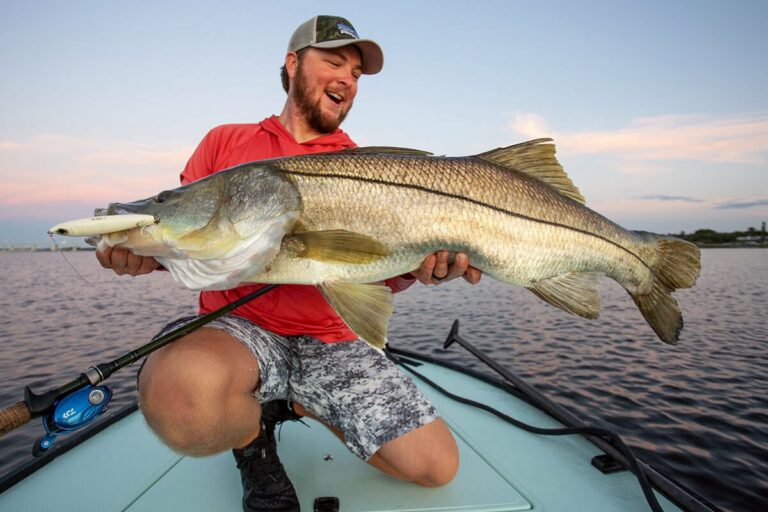The Best Knots For Spooling A Baitcaster: A Guide
Looking to spool a baitcaster but not sure which knot to use? We’ve got you covered! Choosing the right knot is crucial for a successful fishing experience, ensuring that your line stays secure and your bait presents itself naturally. In this article, we’ll break down the best knot to use when spooling a baitcaster, providing you with a simple and effective solution. So, let’s dive right in and explore the knot that will optimize your fishing game.
What Knot to Use When Spooling a Baitcaster
When it comes to spooling a baitcaster, using the right knot is essential for ensuring your fishing line is secure and won’t slip or break while you’re out on the water. In this article, we’ll explore the various knots that are commonly used for spooling a baitcaster, as well as their strengths and weaknesses. Whether you’re a seasoned angler or just starting out, understanding the best knots to use will help you have a successful fishing trip.
The Importance of Choosing the Right Knot
Using the right knot when spooling a baitcaster is crucial for several reasons. Firstly, a strong knot will ensure that your line doesn’t come off the reel while casting or reeling in a fish. Secondly, it prevents the line from slipping under pressure, especially when fighting a big fish. Lastly, using the correct knot will help maintain the sensitivity and casting performance of your baitcaster.
Factors to Consider When Choosing a Knot
Before we dive into the specific knots, it’s important to understand the factors you should consider when choosing the right knot for spooling a baitcaster. These factors include:
1. Strength: The knot should be able to withstand the pressure applied during casting, reeling, and fighting a fish.
2. Size: The knot should be able to pass through the guides smoothly without causing any friction or resistance.
3. Ease of tying: Choose a knot that is easy to tie, especially when you’re out on the water.
4. Line type: Different knots work better with specific types of fishing lines, such as monofilament, fluorocarbon, or braided lines.
5. Personal preference: Some anglers may have a preferred knot based on their experience and confidence in its performance.
Knots for Spooling a Baitcaster
Here are some of the most commonly used knots for spooling a baitcaster:
1. Improved Clinch Knot
The Improved Clinch Knot is one of the most popular knots for tying fishing lines to hooks, lures, or swivels. While it is commonly used for spooling spinning reels, it can also work well for baitcasters. However, this knot may not be as strong as some other options, especially when using braided lines.
To tie the Improved Clinch Knot:
- Pass the tag end of the line through the eye of the hook or lure, and then make 5-7 turns around the standing line.
- Bring the tag end back through the small loop above the eye of the hook or lure.
- Thread the tag end through the big loop you just created.
- Moisten the knot and pull the standing line to tighten. Trim the excess tag end.
2. Palomar Knot
The Palomar Knot is known for its simplicity and strength, making it a popular choice among anglers. It is particularly effective with braided lines as it maintains its strength even with slippery lines. The Palomar Knot can be a bit bulkier than other knots, so make sure your baitcaster’s guides can accommodate it.
To tie the Palomar Knot:
- Double about 6 inches of line and pass it through the eye of the hook or lure.
- Tie an overhand knot with the doubled line, but don’t tighten it completely.
- Pass the hook or lure through the loop of the overhand knot.
- Moisten the knot and pull both the standing line and the tag end to tighten. Trim the excess tag end.
3. Uni Knot
The Uni Knot is versatile and reliable, making it suitable for a wide range of fishing applications, including spooling a baitcaster. It is relatively easy to tie and provides good strength. However, it may be a bit bulkier than other knots, so check your baitcaster’s guides for compatibility.
To tie the Uni Knot:
- Pass the line through the eye of the hook or lure and double back, forming a loop.
- Hold the standing line and loop between your thumb and forefinger.
- Wrap the tag end around the double line and through the loop 4-6 times. Make sure the wraps are tight and evenly spaced.
- Moisten the knot and pull the tag end to tighten the wraps. Then, slide the knot down to the eye of the hook or lure. Trim the excess tag end.
4. Alberto Knot
The Alberto Knot is a popular choice for connecting different lines, especially when using a braided main line and a fluorocarbon leader. It is compact, strong, and passes through the baitcaster’s guides with ease. This knot is ideal for anglers who want to maintain a low-profile connection between their main line and leader.
To tie the Alberto Knot:
- Overlap the main line and leader for about 8-10 inches.
- Double the overlapped lines and pass the end of the leader through the loop twice.
- Moisten the knot and tighten by pulling both the main line and leader. Trim the excess ends.
Choosing the right knot when spooling a baitcaster is crucial for ensuring line security, casting performance, and landing that trophy fish. While there are many knots to choose from, the Improved Clinch Knot, Palomar Knot, Uni Knot, and Alberto Knot are among the most commonly used and reliable options. Consider the factors mentioned earlier, such as strength, size, ease of tying, line type, and personal preference, when selecting the best knot for your baitcaster. With practice and experience, you’ll find the knot that works best for you and your fishing needs.
Note: While the content above is informative and accurate to the best of our knowledge, it is important to be mindful of local fishing regulations and guidelines.
How to spool line onto a baitcaster
Frequently Asked Questions
What is the best knot to use when spooling a baitcaster?
The best knot to use when spooling a baitcaster is the Arbor knot. This knot is specifically designed to secure the fishing line to the spool, preventing it from slipping or becoming loose during casts. It is easy to tie and provides a reliable connection between the line and the spool, ensuring smooth and accurate casts.
How do you tie an Arbor knot?
To tie an Arbor knot, follow these steps:
- Pass the end of the fishing line through the spool’s arbor, leaving a few inches of tag end.
- Tie a simple overhand knot with the tag end around the main line.
- Pass the tag end back through the overhand knot, creating a loop around the spool.
- Moisten the knot and pull both the standing line and the tag end to tighten the knot securely against the spool.
Why is the Arbor knot recommended for baitcasters?
The Arbor knot is recommended for baitcasters because it creates a tight connection between the fishing line and the spool. This prevents the line from slipping or becoming loose when casting or retrieving, ensuring better control over the bait and minimizing backlash. The Arbor knot is easy to tie and provides a reliable and secure attachment for baitcasting reels.
Can I use other knots besides the Arbor knot for spooling a baitcaster?
While the Arbor knot is the most recommended knot for spooling a baitcaster, there are alternative knots that can be used. Some anglers prefer the Uni knot or the Palomar knot, which are also effective in securing the line to the spool. However, it is important to ensure that whatever knot you use, it creates a strong and secure connection to prevent any line slippage during casting.
Are there any tips for tying the Arbor knot more effectively?
Yes, here are a few tips for tying the Arbor knot more effectively:
- Make sure to moisten the knot before tightening to reduce friction and help the knot cinch down smoothly.
- Ensure that the knot is tightened securely against the spool to prevent any slippage.
- Trim the tag end closely to the knot to avoid any interference with the reel or guides during casting.
- Practice tying the knot before heading out to fish to ensure you can tie it confidently and quickly.
How often should I check and retie the Arbor knot on my baitcaster?
It is recommended to check and retie the Arbor knot on your baitcaster regularly, especially after a long day of fishing or if you notice any signs of slipping or looseness. As with any knot, it is important to maintain a strong and secure connection between the line and the spool to ensure optimal performance and minimize the risk of line breakage or backlash.
Final Thoughts
When spooling a baitcaster, it is crucial to use the right knot for a secure and reliable connection. The Palomar knot is the recommended choice due to its simplicity and strength. This knot ensures minimal slippage and allows for efficient casting and reeling. By using the Palomar knot, anglers can have confidence in their line’s knot strength and durability. So, remember to always use the Palomar knot when spooling a baitcaster to maximize your fishing success.



